BMW and LG Chem Trump Tesla in Battery Thermal Management
We saw in a previous article that Tesla and General Motors use glycol liquid cooling to shed battery heat, and ended by saying there was room for improvement.
Why? Better cooling will be needed as electric cars go to higher charging rates. These liquid cooled systems do now work OK during charging and vehicle operation, but they have a serious drawback: low heat transfer rates because of the poor heat transfer characteristics of liquid glycol.
But what if there was a way to fix this problem and at the same time simplify and potentially reduce the cost of the battery’s thermal management system (TMS)?
As a matter of fact, there is a superior cooling system available.
Direct Expansion – DX – is the trick and it uses the same refrigerant as used in your vehicle’s air conditioning system to cool the battery directly. The liquid glycol is eliminated in the battery pack and DX offers cooling rates 3-4 times higher than liquid glycol.
A sketch of a direct expansion battery cooling concept is shown below:
Tesla superchargers are charging at 120 kilowatts. Audi has pledged 150 kw. SAE J1772 specs allow for charging power to 240 kw. These higher charging powers demand more and more cooling from the vehicle’s TMS.
With 150 kw charging rates, the cooling system will have to dissipate approximately 10 kw of heat to protect the battery pack cells, plus a high heat load on the charger power electronics – approximately 7 kw. DX under these scenarios would be a big winner.
Summed up, DX allows higher charging power, reduced complexity, potentially reduced costs and it has the added safety advantage of eliminating the need for liquids entirely from the battery pack. We saw from a previous article that Tesla has four different cooling loops. The Chevy Volt has five different cooling loops.
Radiators and coolant tanks everywhere! This new system would simplify things. We could drop the number of loops to only three in the Tesla.
Enter BMW i3
As it turns out, BMW already has such a system in the i3. Per the words of Munro and Associates at 2 minutes into this You Tube video: “This is the easiest heating and cooling system I’ve taken apart in 30 years.” Here is a freeze frame of the refrigeration cooling tubes being installed in the bottom of the aluminum battery tray at 28 seconds into this BMW Group video. The batteries are then placed on top of the cooling tubes. An extensive teardown by Munro and Associates in May revealed the BMW’s cooling system as elegantly simple.
Enter LG
LG Chem also has a prototype of such a system and a patent on a system that incorporates the DX cold plate concept.
The Korean company will be in charge of many of the systems on the new Chevy Bolt.
One could argue that the Chevy Bolt is really made by LG chem. LG also makes refrigeration systems so a blending of the 2 technologies is simple for them.
The following two figures are from the LG patent showing the direct expansion cold plate and the thin aluminum plates that reside between the prismatic cells.
Simpler, better heat transfer, and lower cost. What’s not to like?
Will we see this DX cold plate cooling scheme in the new Chevy Bolt and the Tesla Model 3? We predict yes.
Become an AutoGuide insider. Get the latest from the automotive world first by subscribing to our newsletter here.
More by AutoGuide.com Staff




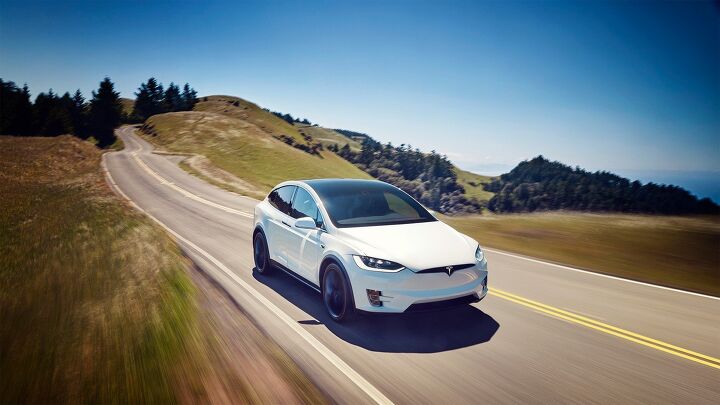

















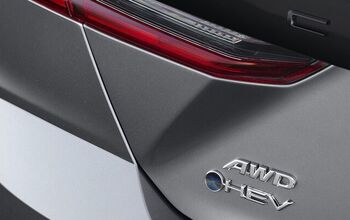

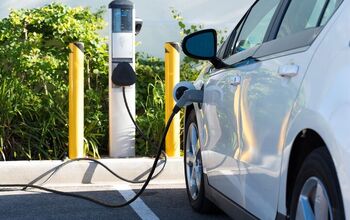
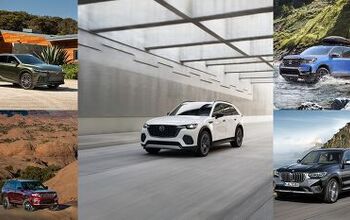

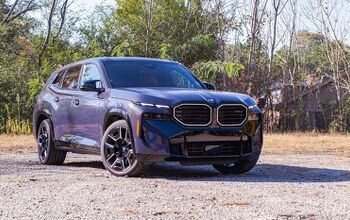




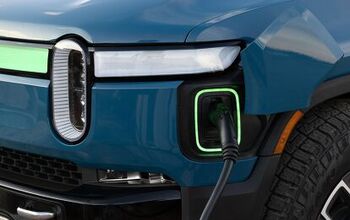


Comments
Join the conversation